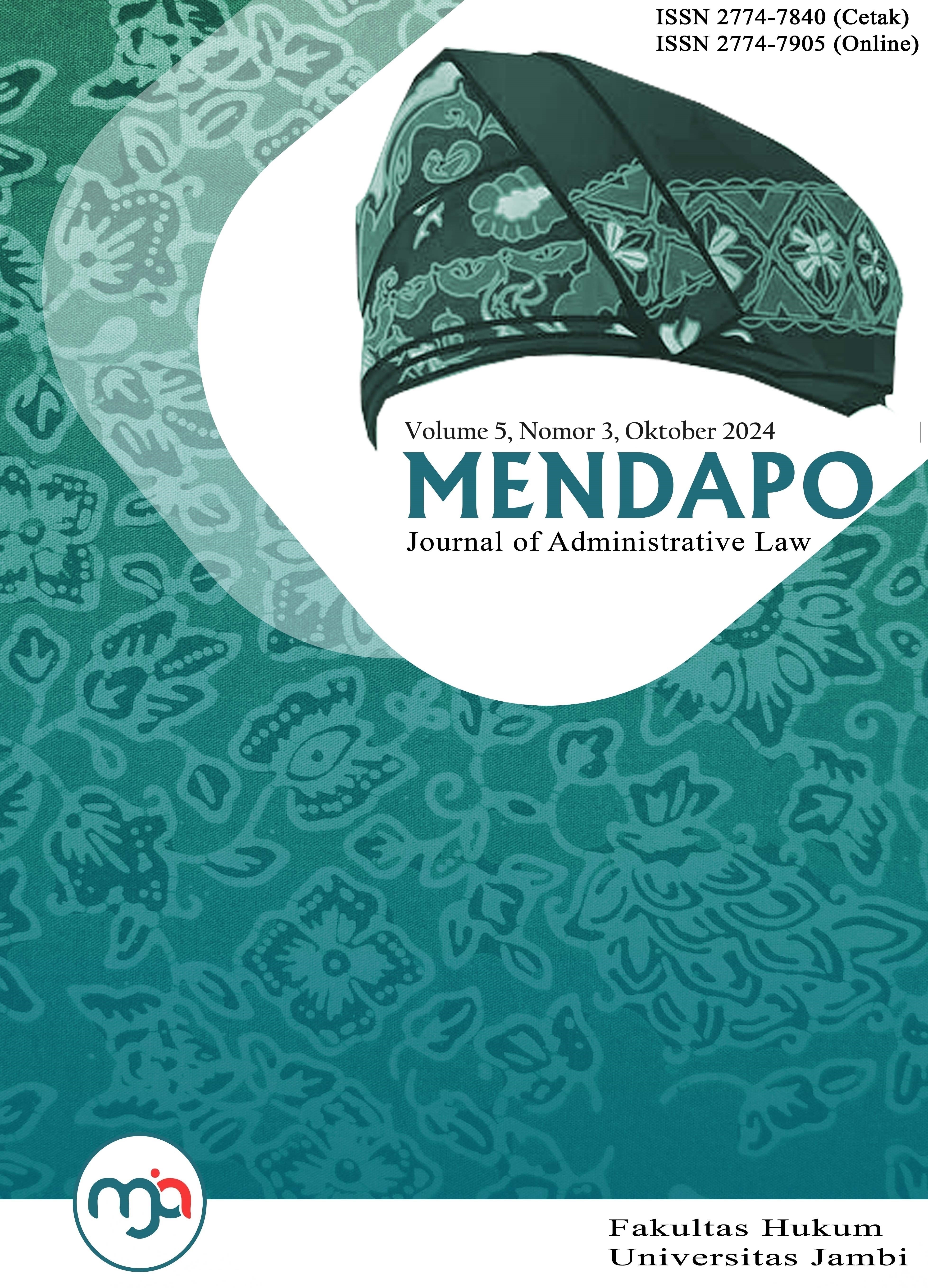Optimization Of Government Policy For Kerinci Seblat National Park Optimalisasi Kebijakan Pemerintah Untuk Taman Nasional Kerinci Seblat
Main Article Content
Abstract
This article aims to analyze the policy of the Government of Musi Rawas Utara in preserving the protected forest of Kerinci Seblat National Park. In analyzing the problem, the author conducts field research commonly known as empirical research. In addition, a qualitative approach in the form of taking specimens by proposive sample is the best choice in this study, because it is considered more by field conditions. In this study, several things were found. The North Musi Rawas Regency Government was formally regarded as inappropriate and had not issued a legal policy that directly affected the protection of Kerinci Seblat National Park (TNKS). Although the policies of the local authorities have not been maximized, several policies that have been taken by the North Musi Rawas Regency Government, such as the establishment of Regional Regulations, Decrees, MoUs, and other public policies, have had a positive impact, although their implementation has not been maximized and effective. Some of the things that cause this article to mention the inadequacy and ineffectiveness of the policy are criminal acts against forests, such as forest encroachment, Illegal Logging, marijuana cultivation, and illegal mining, which are still found in TNKS. Therefore, it can be conveyed that there is a need for firm and concrete action in providing legal policies for forests to protect TKNS so that they can be adequately utilized and sustainably by taking into account the carrying capacity and accommodating capacity of forests. In addition, community involvement also needs to be maximized because they will experience direct impacts if forest destruction continues to occur and is not maintained.
Downloads
Article Details

This work is licensed under a Creative Commons Attribution 4.0 International License.
All writings published in this journal are the personal views of the authors and do not represent the views of this journal and the author's affiliated institutions. Author(s) retain copyrights, and this work is licensed under Creative Commons Attribution 4.0 International License) (CC.BY.4.0).

